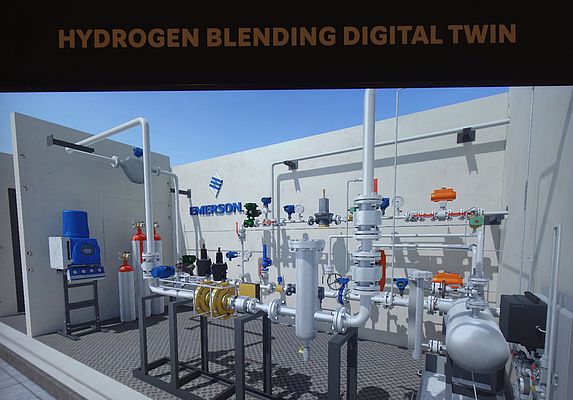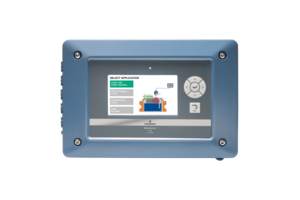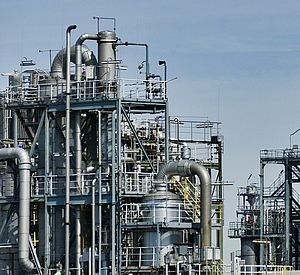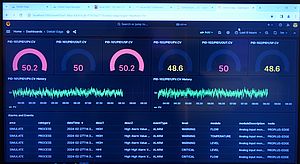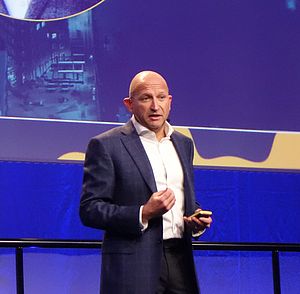As outlined in the REPowerEU plan, which launched the Hydrogen Accelerator Programme with the aim of using 20 million tonnes of renewable hydrogen in the EU by 2030, the development of green hydrogen production and use plays a key role in facilitating the European Union's energy transition. A critical factor in achieving this accelerated hydrogen production is the establishment of the necessary infrastructure to connect hydrogen supply and demand, as it is not possible to produce all the hydrogen at the place where it is needed. This infrastructure includes pipeline transport. Florencia Larghi, Emerson Business Development Manager Sustainability & Decarbonization and Attilio Lepore, Emerson’s Sales Director Natural Gas in Italy introduced at the Emerson Exchange in Düsseldorf a comprehensive and innovative solution for injecting hydrogen into natural gas pipelines to an expert audience.
Challenges and solutions
There are different challenges if you want to use the transport network for natural gas (NG) for hydrogen. The legal requirements for the transport network must be adapted to the changed properties of the gases. The different caloric values have to be taken into consideration when it comes to efficiency and the impact on meters and burners has to be evaluated. On the one hand, the legal requirements for the transport network must be adapted to the changed properties of the gases. From a safety point of view, additional monitoring and maintenance measures will probably also have to be implemented.
For the implementation of the presented injection and blending solution Emerson worked with Bureau Veritas to receive a full validation of the equipment for the blending solution for hydrogen and NG. All the components used in the system, valves, controls, measurement and metering come from the broad portfolio of Emerson brands.
Before the gases are blended exact metering for both is needed, as well as overpressure protection along the whole process line, after the blending gas analysis is a very important step to monitor the ratios of the gases in the mixture and document the properties of the blend for regulatory requirements. This can be done with a chromatograph if the mix is stable as in distribution grids, but also with with an analyzer if the mixture changes in the industry.
Smart grid
Solutions like this will help building the smart gas grid and also unlock a lot of potential for renewable electricity as they deliver an alternative to battery solutions for storage of excess electrical supply when it is used for production of hydrogen, that can be easily transported to the point of use.


